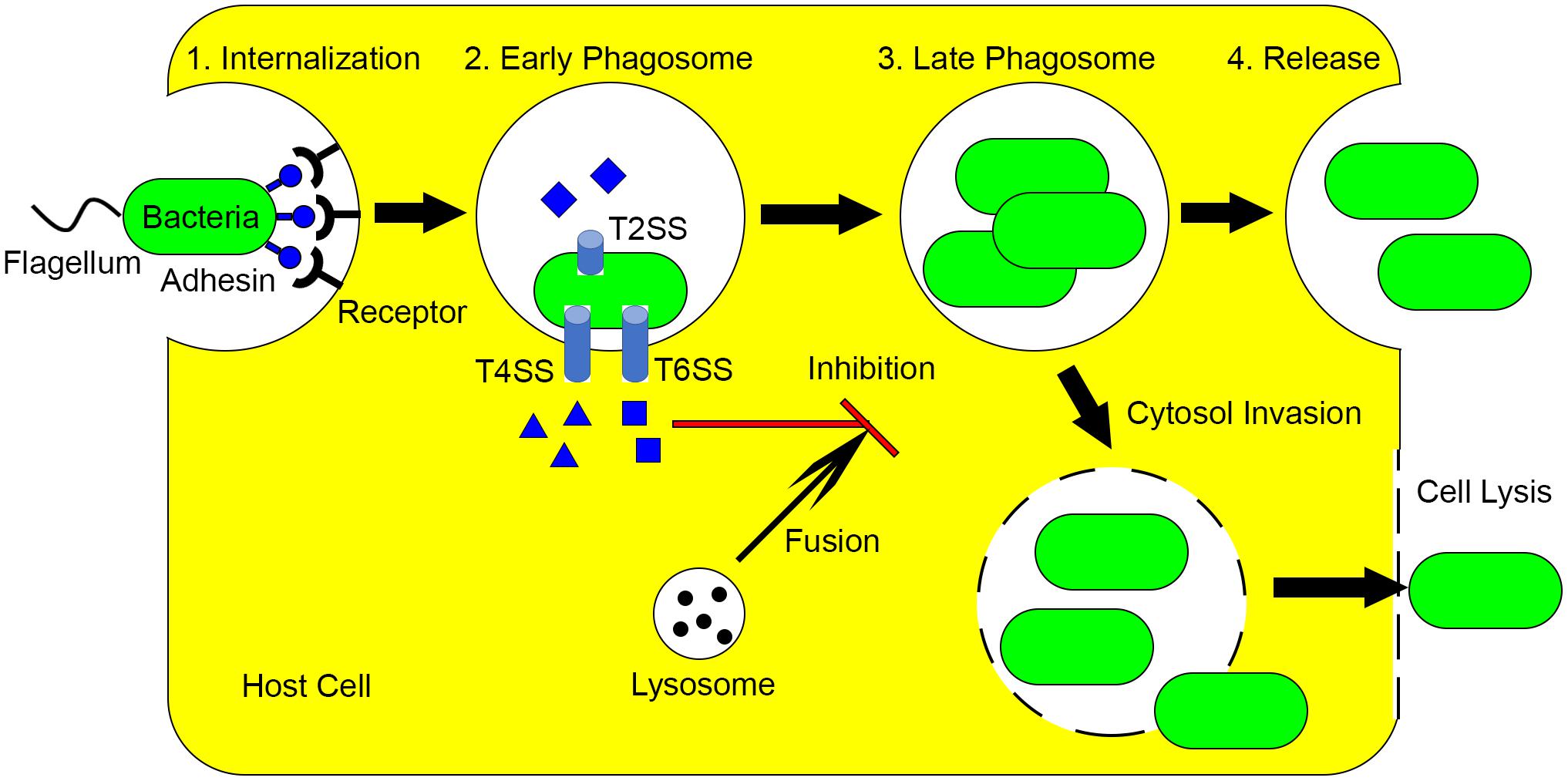What an animal eats is a fundamental aspect of its biology, but surprisingly, the evolution of diet had not been studied across the animal kingdom until now. Scientists at the University of Arizona report several unexpected findings from taking a deep dive into the evolutionary history of more than one million animal species and going back 800 million years, when the first animals appeared on our planet.
Many species living today that are carnivorous, meaning they eat other animals, can trace this diet back to a common ancestor more than 800 million years ago.
A plant-based, or herbivorous, diet is not the evolutionary driver for new species that it was believed to be. Closely related animals tend to share the same dietary category -- plant-eating, meat-eating, or both. This finding implies that switching between dietary lifestyles is not something that happens easily and often over the course of evolution.
A species was classified as carnivorous if it feeds on other animals, fungi or protists (single-celled eukaryotic organisms, many of which live on bacteria). Species were classified as herbivorous if they depend on land plants, algae or cyanobacteria for food, and omnivorous if they eat a mixture of carnivorous and herbivorous diets.
The scientists then mapped the vast data set of animal species and their dietary preferences onto an evolutionary tree built from DNA-sequence data to untangle the evolutionary relationships between them.
All species can be classified according to their evolutionary relationships, a concept that is known as phylogeny. Organisms are grouped into taxa, which define their interrelationships across several levels. For example, cats and dogs are different species but belong to the same order (carnivores). Similarly, horses and camels belong to a different order (ungulates.) Both orders, however, are part of the same class (mammals). On the highest level, animals are classified in phyla. Examples of animal phyla are arthropods (insects, crustaceans, spiders, scorpions and the like), mollusks (snails, clams and squid fall into this phylum), and chordates, which include all animals with a backbone, including humans.
The survey suggests that across animals, carnivory is most common, including 63% of species. Another 32% are herbivorous, while humans belong to a small minority, just 3%, of omnivorous animals.
Herbivore has traditionally been seen as a powerful catalyst for the origin of new species -- an often-cited example is the insects, with an estimated 1.5 million described species the most diverse group among the arthropods. Many new species of flowering plants appeared during the Cretaceous period, about 130 million years ago, and the unprecedented diversity of flowers is widely thought to have coincided with an increase in insect species taking advantage of the newly available floral bounty.
"There is a big difference between eating leaves all the time and eating fruits every now and then," Wiens said. "The specializations required to be an efficient herbivore or carnivore might explain why the two diets have been so conserved over hundreds of millions of years."













